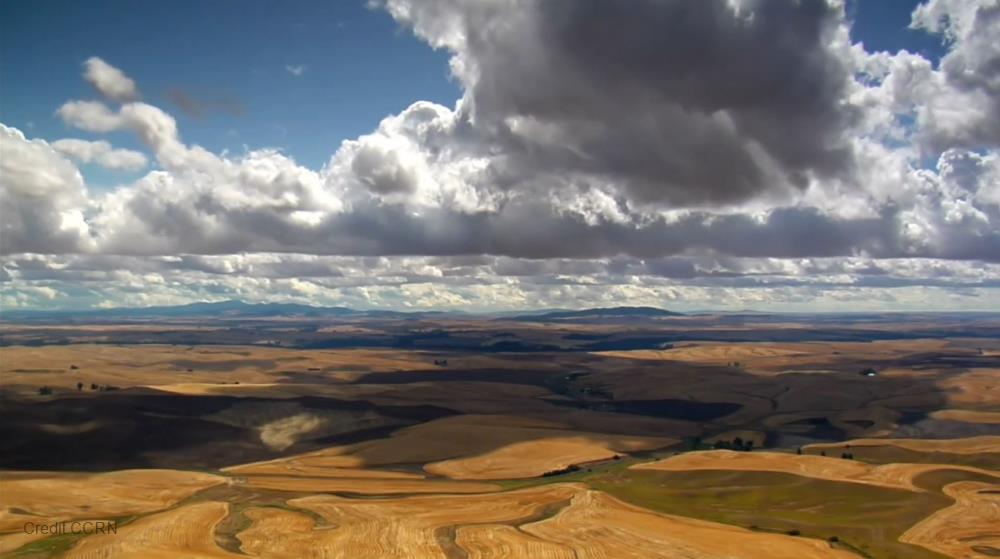
Related items loading ...
Section 1: Publication
Publication Type
Thesis
Authorship
Attema, Jennifer Baergen
Title
Using Eddy Covariance and Over-Lake Measurements from Two Prairie Reservoirs to Inform Future Evaporation Measurements
Year
2020
Publication Outlet
USASK Harvest - Theses and Dissertations
DOI
ISBN
ISSN
Citation
Attema, Jennifer Baergen (2020) Using Eddy Covariance and Over-Lake Measurements from Two Prairie Reservoirs to Inform Future Evaporation Measurements, USASK Harvest - Theses and Dissertations,
http://hdl.handle.net/10388/12699
Abstract
Improved evaporation estimates are required to aid water management decisions. Current estimates are limited by the availability of driving meteorological data; estimates are routinely made using land-based data to model over-lake conditions. Collecting evaporation measurements and over-lake meteorological data to validate models in existing use is the first step toward improving future evaporation estimates. This study presents the first direct open-water evaporation measurements for the southern Prairie Provinces using the eddy covariance technique. Instrumentation for evaporation and meteorological measurements were mounted on moored buoys near the centre of Val Marie and Shellmouth Reservoirs during the 2016 and 2017 open-water seasons (May to October). Relationships between the measured evaporation and potential controls were examined. In addition, four common estimation approaches were evaluated using a combination of land-based and over-lake inputs at various time steps. Daily evaporation at Val Marie Reservoir averaged 3.0 mm/d during the spring and fall of 2016 and 4.0 mm/d during the full 2017 open water season. Conditions at Shellmouth suggest fluxes of similar magnitude, but evaporation data could not be confidently presented due to technical errors with equipment. Short-term evaporation at Val Marie Reservoir was aerodynamically driven with a minor seasonal influence from heat storage. Bulk Transfer methods using over-lake data performed best of four methods evaluated at Val Marie and were used to estimate missing evaporation at Shellmouth. More work is required to improve models of land-lake relationships and determine the best procedure for future data limited situations. It is hoped that the dataset created during this study will provide ample opportunity for future work toward improving evaporation estimates.
Plain Language Summary


 GWFNet
GWFNet Master
Master Research
Research Map
Map
 Advanced
Advanced . . .
. . .

 Metadata Editor
Metadata Editor
 Record List
Record List
 Alias List Editor
Alias List Editor
 Legacy sites
Legacy sites